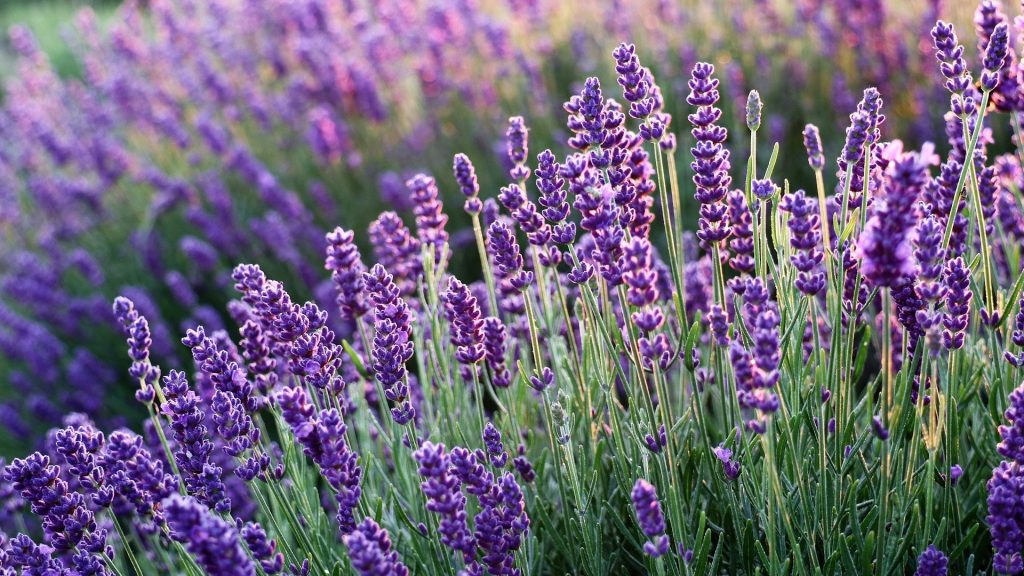Known for its aromatic purple blooms and resilience, lavender can thrive year after year with proper care.
Others are reading now
Lavender isn’t just a pretty face with its gorgeous purple blooms and soothing scent — it’s also surprisingly tough. With a little care, this hardy plant can thrive year after year.
But as the cold creeps in, how can you make sure your lavender stays safe and ready for spring?
Let’s break it down.
When winter rolls around, lavender naturally goes into a kind of hibernation.
Also read
The vibrant green leaves of summer fade to a silvery gray, which is the plant’s way of saying, “I’m resting up for next spring!” But if you live in an area with harsh winters, your lavender might need a little extra help to make it through.
When the Weather Gets Extreme
If there’s one thing lavender loves in winter, it’s a good layer of mulch.
According to Mirror, adding 2–3 cm of organic material like wood chips or leaves can keep the roots snug and safe from frost.
Mulch isn’t just a winter hero — it works wonders in spring and summer too, helping to lock in moisture so your lavender can produce those show-stopping flowers. Just make sure to keep the mulch away from the woody stems to avoid any soggy problems like rot.
For those super frosty days or heavy snowstorms, your lavender might need a little more love:
-
Wrap It Up: A frost protection fleece or a lightweight jute blanket can give your plant that extra layer of warmth. Just drape it loosely to allow some airflow—nobody likes being smothered, not even lavender!
-
Potted Plants? No Problem: If your lavender lives in a pot, move it somewhere sheltered, like a covered patio or garage. Even better, repot it into a larger container with fresh soil for extra insulation.
Keep Care Simple
Lavender doesn’t need much water in winter.
Rainfall is usually enough, so there’s no need to overdo it. Too much water can harm the roots, and let’s face it, lavender prefers to be a little on the dry side anyway.
With just a few simple steps, your lavender will come through winter like a champ. And when spring arrives, you’ll be rewarded with fragrant, colorful blooms—and maybe even a few buzzing pollinator visitors to sweeten the deal.








